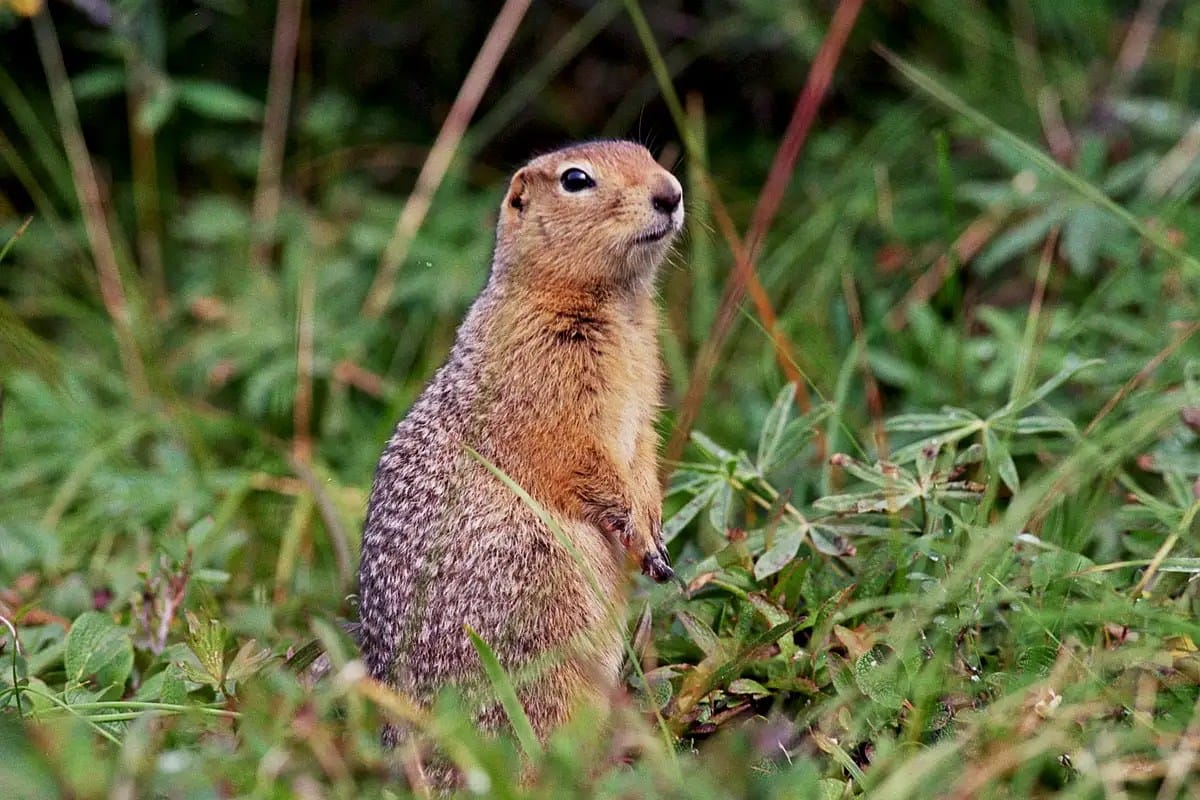Unraveling the Mystery of Borneo’s Bushy-Tailed Wonder
Deep within the lush rainforests of Borneo dwells a creature as captivating as it is misunderstood: the tufted ground squirrel. This remarkable rodent, with its irresistibly fluffy tail, has captured the imagination of many, but its true nature remains shrouded in mystery. Let’s delve into the world of this enigmatic squirrel, separating fact from fiction and exploring the ongoing scientific quest to unravel its secrets.
One of the most persistent myths surrounding the tufted ground squirrel is the rather sensationalized nickname, the “vampire squirrel.” This moniker, while undoubtedly intriguing, stems from local tales of these squirrels engaging in surprisingly gruesome behavior – attacking deer and consuming their organs. However, there’s no scientific evidence to support these claims. While the origins of this myth remain a subject of curiosity, scientists believe it likely stems from misinterpretations of the squirrel’s behavior or opportunistic feeding on carrion.
So, if not bloodthirsty predators, what do these bushy-tailed enigmas actually eat? Research suggests that the tufted ground squirrel’s diet primarily consists of fruits and seeds, much like their squirrel brethren. They play a crucial role in seed dispersal, helping to regenerate the rainforest by spreading seeds throughout their territory.
However, some intriguing questions remain unanswered. For instance, vampire squirrels possess unusually large teeth for their size, a characteristic that has puzzled scientists. Some experts hypothesize that these robust chompers might be the perfect tools for cracking open the tough shells of tropical fruits, while others suggest they could serve as a defensive mechanism against predators.
Adding to their mystique is their remarkably fluffy tail, a feature so pronounced that it holds the title for the fluffiest tail relative to body size in the entire mammal kingdom. While its exact purpose remains a subject of debate, scientists speculate that this magnificent appendage could serve multiple purposes, from camouflage to a distraction tactic to confuse predators.
Sadly, like many fascinating species inhabiting the world’s rainforests, the tufted ground squirrel faces an uncertain future due to habitat loss. Deforestation, driven by human activity, poses a significant threat to their survival. Protecting these ancient forests is not only crucial for the tufted ground squirrel but for countless other species that call Borneo home.
As researchers continue to study the tufted ground squirrel, employing tools like camera traps to observe these elusive creatures in their natural habitat, we can hope to gain a deeper understanding of their behavior, diet, and the role they play in maintaining the delicate balance of the rainforest ecosystem.
For further exploration into the fascinating world of unique animal species, check out these captivating creatures:
Key Points:
- Found exclusively in Borneo’s forests
- Not a “vampire” squirrel; feeds primarily on seeds and plays a role in seed dispersal
- Has a distinctive tufted tail that is 30% larger than its body, potentially serving an adaptive purpose
- Adaptable to the rainforest environment, consuming insects in addition to seeds
- Highly dependent on forest habitat for survival, making deforestation a threat
- Somewhat shy and secretive, but researchers have used cameras to observe them
- Significant knowledge gaps remain, with ongoing scientific research to uncover their characteristics.
- Unveiling Bernhard Caesar Einstein’s Scientific Achievements: A Legacy in Engineering - July 15, 2025
- Uncover who is Jerry McSorley: CEO, Family Man, Business Success Story - July 15, 2025
- Discover Bernhard Caesar Einstein’s Scientific Contributions: Unveiling a Legacy Beyond Einstein - July 15, 2025
















2 thoughts on “The Enigmatic Tufted Ground Squirrel: Borneo’s Bushy-Tailed Wonder”
Comments are closed.